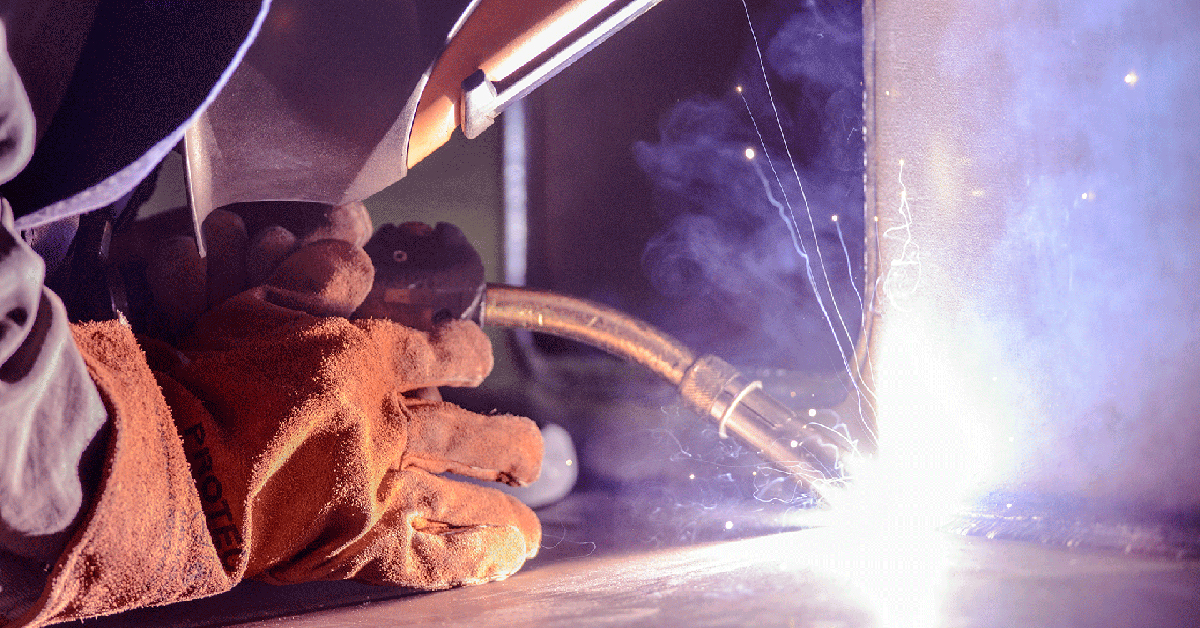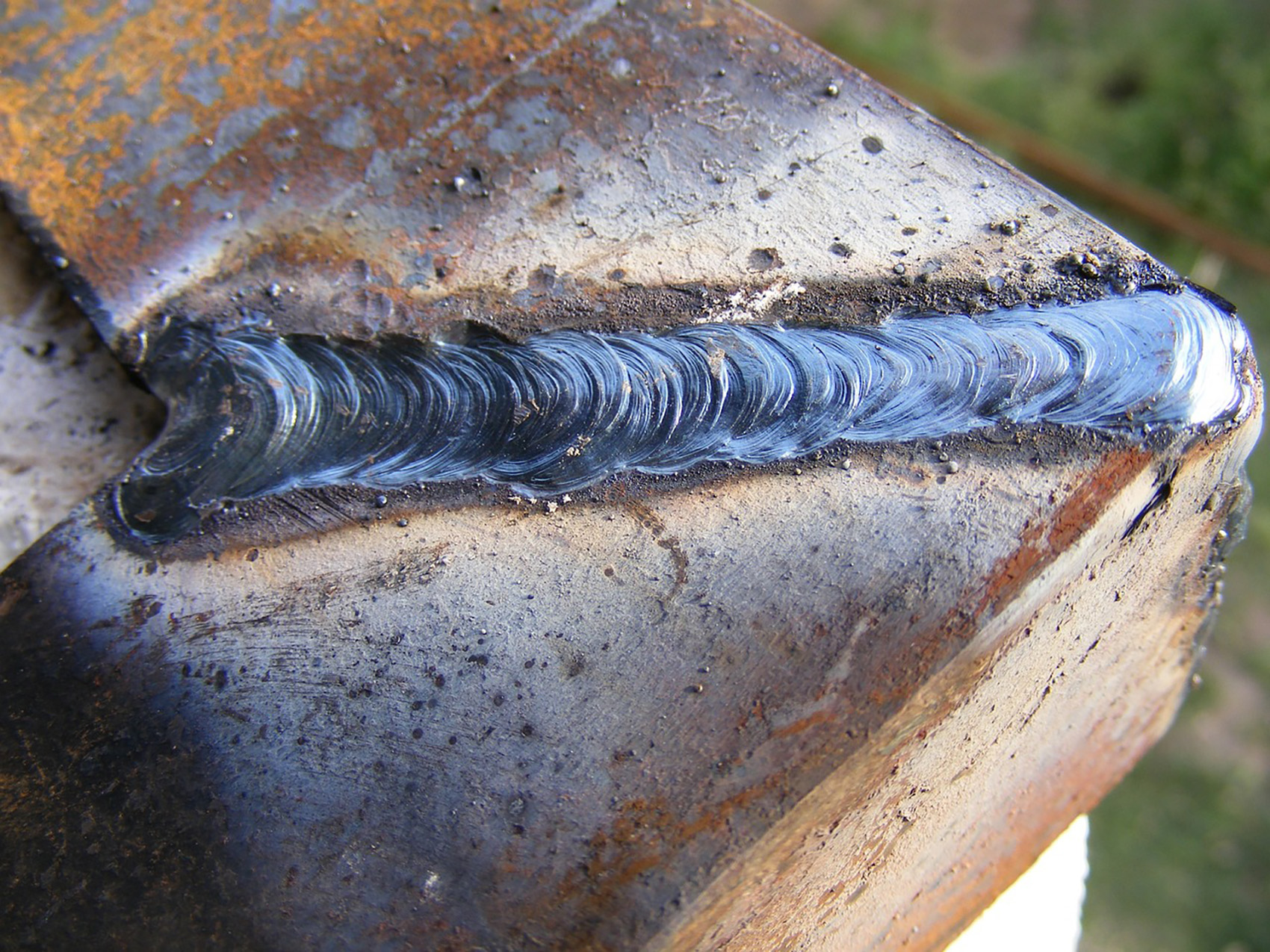Just How to Prevent Weld Undercut: Important Tips for Welders
Just How to Prevent Weld Undercut: Important Tips for Welders
Blog Article
Necessary Tips for Welders: Avoiding Undercut Welding and Ensuring Stronger Weld Joints
In the realm of welding, attaining long lasting and strong weld joints is the foundation of creating high-grade work. Nonetheless, one usual challenge that welders often run into is undercut welding, which can compromise the honesty of the weld joint. By understanding the aspects that add to damaging and carrying out the right strategies and safety measures, welders can effectively stop this issue and make sure the long life and toughness of their welds. Allow's explore some vital suggestions that can aid welders browse this difficulty and raise the top quality of their welding jobs.

Comprehending Undercut Welding
Undercut welding is an usual welding flaw that occurs when the weld metal stops working to properly fill up the groove and causes a groove-like depression along the weld grain. This flaw weakens the weld joint, making it vulnerable to fracturing and failure under anxiety. Damaging can be brought on by different factors, including extreme welding existing, high welding rate, improper electrode angle, inaccurate electrode size, and bad welding strategy.
Among the main reasons for undercut welding is an inequality in between the welding current and the welding speed. If the welding current is too expensive or the welding rate is too fast, the weld metal might not appropriately fill the groove, causing damaging. Additionally, making use of an electrode that is too big can lead to a similar end result, as the excess steel can not properly flow into the groove.
To avoid undercut welding, welders must guarantee they are utilizing the proper welding criteria, keep an ideal electrode angle, pick the ideal electrode dimension, and technique appropriate welding strategies. By dealing with these elements, welders can reduce the danger of undercutting and create stronger, a lot more trustworthy weld joints.
Correct Welding Strategy
Reliable welding method plays an essential role in ensuring the high quality and integrity of weld joints. One basic element of appropriate welding technique is keeping the appropriate angle and range between the welding weapon and the workpiece.
In addition, a consistent and constant hand motion is essential for producing strong and long lasting weld joints. Welders must aim for smooth, consistent movements to make sure also distribution of the weld product. Proper adjustment of the welding gun and filler product is also crucial to achieving ideal infiltration and fusion.
Additionally, controlling the warm input and picking the appropriate welding specifications based upon the material being welded are vital consider accomplishing high-grade welds - Preventing weld undercut. Welders should comply with the advised setups offered by welding procedure specs and adjust them as required based upon the specific needs of the job. By understanding correct welding techniques, welders can substantially boost the toughness and reliability of their weld joints
Selecting the Right Electrode
Maintaining the right angle and range in between the welding weapon and the work surface is basic when considering the value of picking the right electrode in welding applications. The choice of electrode plays an essential role in identifying the high quality and stamina of the weld joint. Electrodes are available in different types, each developed for particular functions and materials.
To start with, picking the ideal electrode size is crucial. Thinner electrodes appropriate for welding slim materials, while thicker electrodes are better for thicker materials and greater warmth applications. Matching the electrode size to the thickness of the workpiece aids accomplish a balanced weld.
Second of all, recognizing the product structure of the electrode is important. Different electrodes are made for welding details materials like steel, stainless steel, aluminum, or cast iron. Making use of the right electrode material guarantees good blend and lessens the danger of problems in the weld.
Lastly, taking into consideration the welding setting and method is essential when picking the electrode kind. Certain electrodes are better matched for overhead or vertical welding settings, while others work well for flat or horizontal placements. Picking the right electrode based on the welding strategy improves the total weld high quality and honesty.
Preparing the Base Metal
To guarantee a successful welding procedure, what preliminary steps should be taken when preparing the base Learn More Here steel for welding? Effectively preparing the base steel is crucial for attaining solid and long lasting weld joints. The primary step in preparing the base steel is to clean it thoroughly to get rid of any type of contaminants such as corrosion, dirt, oil, or paint. This can be done using a cord chemical, brush, or mill solvents. In addition, any existing weld product or residue from previous welding should be gotten rid of to make sure a tidy surface area for the new weld.

Carrying Out Post-Weld Evaluations

After conducting these evaluations, welders need to contrast the outcomes useful content against sector criteria and job needs to guarantee that the weld joint satisfies all necessary criteria. Any inconsistencies or inadequacies discovered during the post-weld evaluation needs to be quickly addressed with ideal restorative steps to guarantee the weld's stability. By vigilantly carrying out post-weld evaluations and immediately resolving any concerns, welders can promote the high quality and dependability of their work, inevitably adding to the safety and security and durability of the site link bonded structures.
Conclusion

In verdict, stopping undercut welding and guaranteeing more powerful weld joints need a combination of appropriate welding method, selecting the best electrode, preparing the base steel properly, and conducting post-weld examinations. By comprehending the reasons for undercut welding and executing the essential preventative measures, welders can produce high-grade weld joints that meet market standards and guarantee the structural stability of the bonded elements.
Undercut welding is an usual welding problem that takes place when the weld steel stops working to correctly fill up the groove and results in a groove-like anxiety along the weld grain (Preventing weld undercut). Damaging can be caused by various aspects, consisting of excessive welding existing, high welding speed, inappropriate electrode angle, inaccurate electrode dimension, and inadequate welding technique
One of the main reasons for undercut welding is an imbalance between the welding existing and the welding speed. If the welding current is as well high or the welding rate is also fast, the weld steel may not appropriately fill up the groove, leading to undercutting.Preserving the right angle and distance in between the welding gun and the work surface is basic when considering the value of picking the appropriate electrode in welding applications.
Report this page